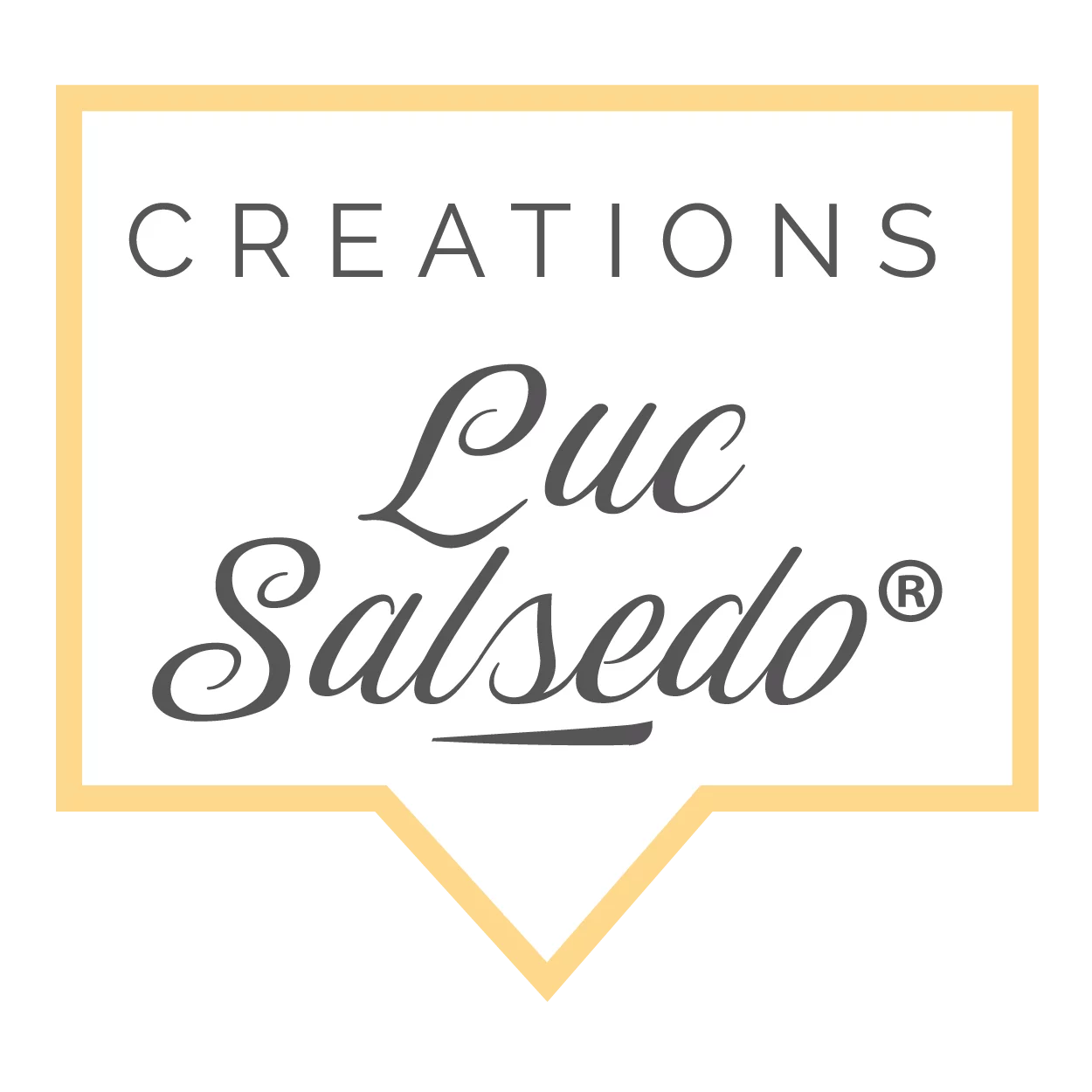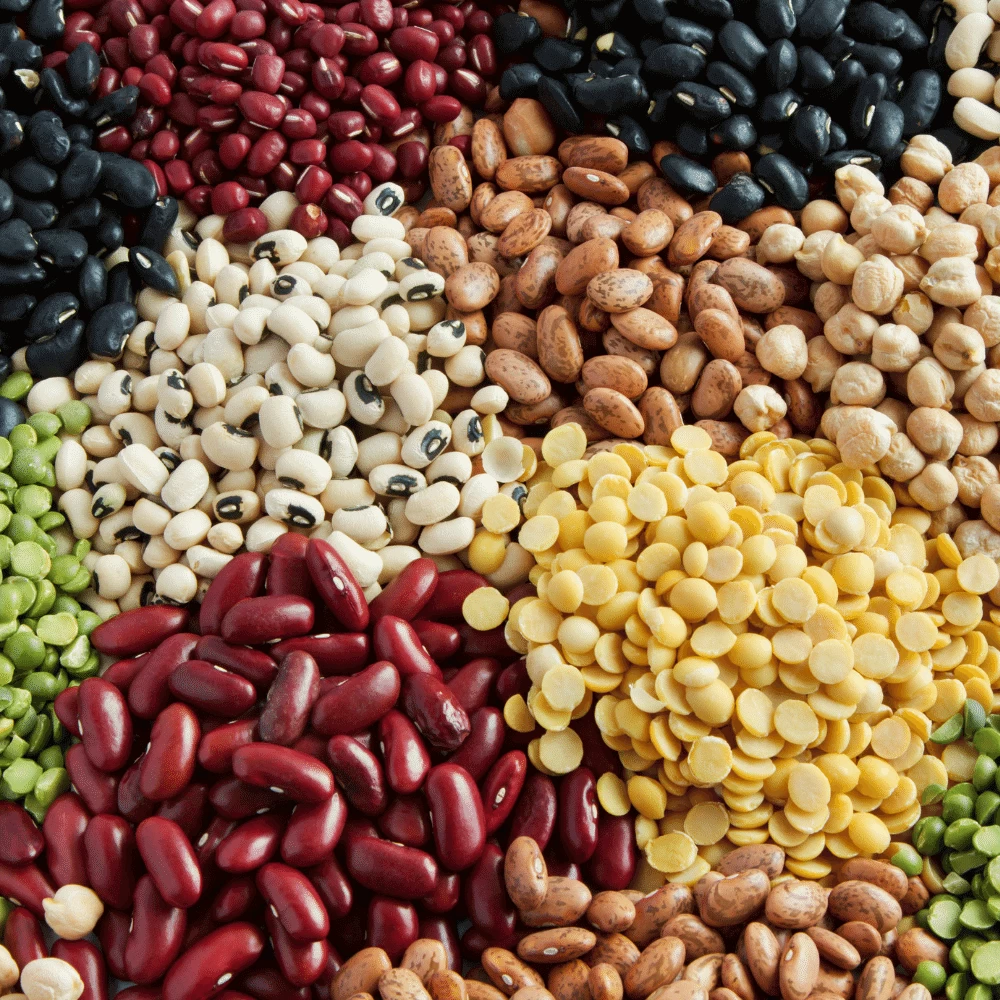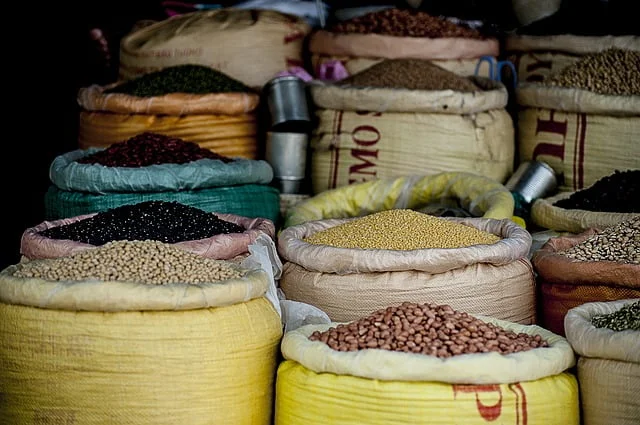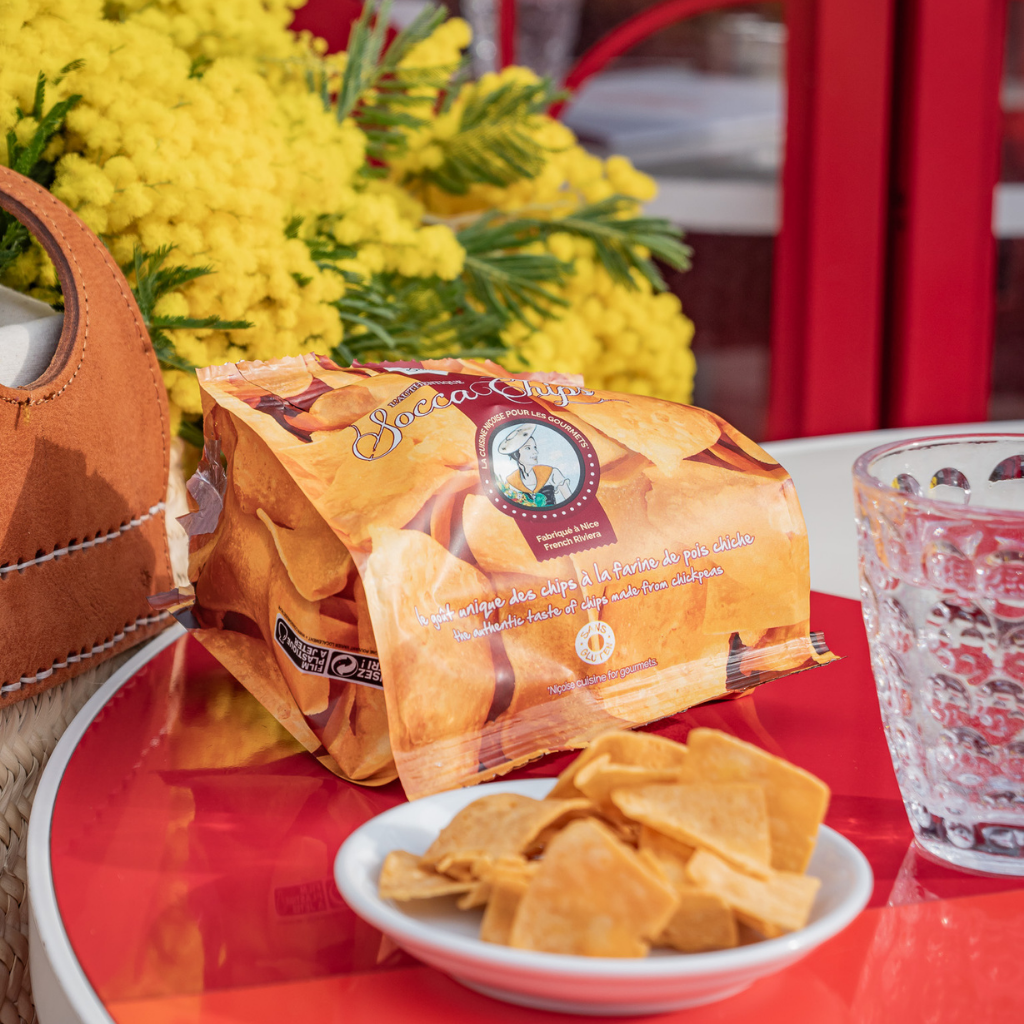In recent years, legumes have made a royal comeback on our menus and plates. A little zoom on these well-doers.
Forgotten for a long time because they are less delicious, less sexy or take too long to cook, legumes have often been shunned from our kitchens. But for several years now they have been jockeying to return to the forefront.
On this legume day, let's take stock of their multiple virtues, their consumption and their conservation.
Who are these legumes?
There is an enormous diversity of legumes grown and consumed around the world. In all of this we find: Beans (black, red, white, etc.), lentils (brown, green, coral, etc.), peas (chick, split), broad beans and soya.
What are their benefits?
Legumes provide quality energy to your body and brain and limit cravings and fatigue thanks to a rich supply of carbohydrates, fiber, vitamins and minerals.
Fiber alone reduces the absorption of fats and cholesterol, slows down the assimilation of carbohydrates and prevents the stagnation of unwanted elements in the intestines. Legumes are known to balance the intestinal flora and transit. They are also naturally gluten-free and ideal for people with gluten intolerance and celiac patients.
However, be careful not to overdo it, like everything, it must be consumed as part of a varied and balanced diet. It is also advisable to combine them with certain cereals (quinoa, bulgur, etc.), vegetables and fish/meat, in order to benefit from a complete intake.
How to properly store these legumes?
First of all, favor organic or reasonable production in order to avoid pesticides, often present in quantities in legumes. For conservation this is not a problem. In fact, most of them are dried vegetables and their storage is simple – in a tightly closed bag, in a glass jar, it doesn't matter, legumes keep very well! You can also buy them canned, very good, they also have a rather long consumption date! Once cooked, legumes can be kept refrigerated for up to 3 days.
So here we have products full of good things, at totally affordable prices and which keep very well!!
Now that we know all this, what do we do with it?
Here are some recipe ideas:
Chickpea hummus
Socca (@soccapero)
A creamy split pea soup and crumbled Socca Chips®
A salad with two lentils
A bean salad
A marriage of red beans and quinoa in tomato sauce
Pea risotto
A dahl of coral lentils
A chili con carne
A red bean brownie
Pease pudding
And chickpea cookies….
The list is still very long, there are so many ideas! It's up to you to see, create and enjoy!





